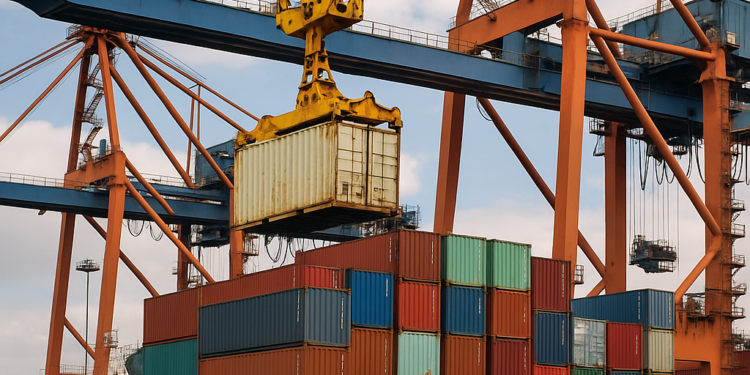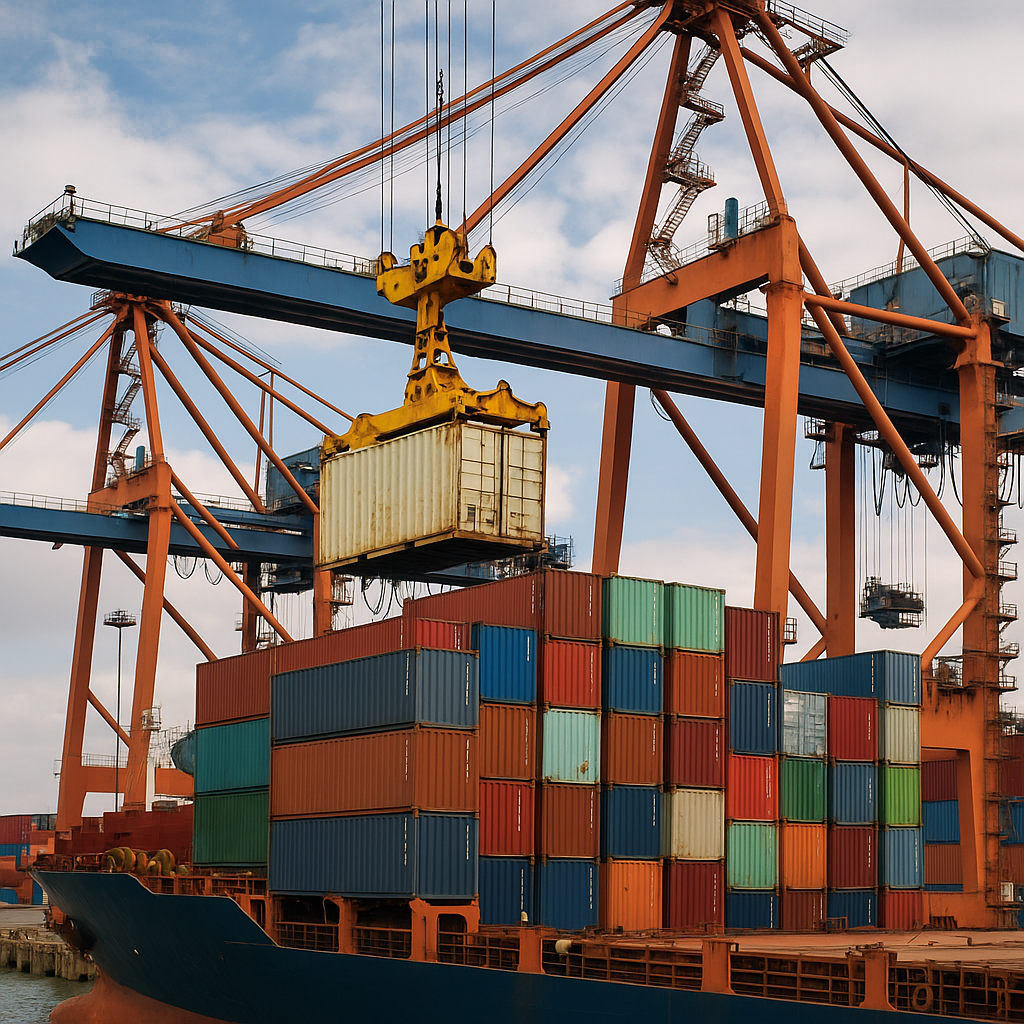The Essential Steps to Successful Ocean Freight Consolidation

Table of Contents
- 1 What Is Ocean Freight Consolidation?
- 2
- 3 Why Shippers Choose Consolidation
- 4 Planning for a Smooth Consolidation Process
- 5 Crucial Documentation and Compliance Tips
- 6 How Global Supply Chain Trends Affect Consolidation
- 7 Key Benefits and Potential Drawbacks
- 8 Leveraging Technology for Better Results
- 9 Best Practices for a Strong Freight Partnership
What Is Ocean Freight Consolidation?
Consolidation (LCL) and full-container load (FCL) shipping differ in container space allocation. FCL involves a single company managing the entire space, offering control and simplicity for large-volume shippers. On the other hand, LCL allows multiple parties to share costs and space, democratizing global trade for smaller businesses and ensuring supply chains remain agile and responsive amidst challenging market conditions.
Ocean freight consolidation is a logistics methodology that revolutionizes how businesses ship goods internationally, particularly when volumes do not fill an entire container. This approach involves merging cargo from various shippers—sometimes spanning multiple brands, sizes, and industries—into one shipping container. Once the container reaches its destination port, the goods are separated out and delivered to their respective recipients. Solutions such as Indonesia to US ocean freight are prime examples of services catering to businesses that need dependable and cost-effective cross-border shipping without having to commit to a full container load for every shipment.
Why Shippers Choose Consolidation
Consolidation is a strategy used by shippers to improve cash flow, reduce lead times, and streamline operations. It allows businesses to consolidate frequent smaller shipments, reducing costs and allowing them to respond faster to market changes. Shippers can split costs with other shippers, reducing container space prices, which is beneficial for startups or small-to-medium-sized enterprises without large-scale logistics budgets. LCL shipments can be organized around product launches or seasonal demand, reducing the pressure to fill an entire container before a shipment can move. This flexibility is especially valuable in dynamic retail sectors like apparel or consumer electronics. Efficient, regular shipping ensures steady inventory movement, reducing working capital and ensuring quick turnover. For example, a retailer can consolidate different types of home goods into a single container, simplifying customs clearance and lowering costs.
Planning for a Smooth Consolidation Process
A smooth consolidation process requires thorough planning, collaboration with supply chain partners, and proactive communication. This involves coordinating supplier deadlines, pickup schedules, and necessary documentation. Early engagement prevents bottlenecks and delays. Proactive communication ensures all stakeholders are informed, double-checks for all the required paperwork, and utilizes technology like shipment management systems for live status updates. This approach allows even smaller companies to fully benefit from global supply chains, especially when leveraging ocean freight consolidation to optimize shipping efficiency, reduce costs, and streamline international logistics.
Crucial Documentation and Compliance Tips
When cargo crosses international borders, paperwork and regulatory compliance demand keen attention to detail. Failure to provide complete documentation—such as commercial invoices, packing lists, certificates of origin, or bills of lading—can lead to extended customs holds, fines, or even outright confiscation of goods.
Each country sets its own requirements, so understanding both the export and import documentation is vital. Staying informed about supply chain regulations and recent updates can help businesses avoid pitfalls in areas such as port security, sanitary import checks, and anti-fraud measures. Compliance is a moving target; regular reviews of regulatory changes—and seasoned logistics partners with compliance expertise—give businesses a real edge in complex international markets.
How Global Supply Chain Trends Affect Consolidation
Ocean freight is a critical component of the global economy, and supply chain disruptions like port congestion, geopolitical tensions, labor strikes, and weather events can quickly impact industries. These disruptions can lead to container shortages, surging rates, and unpredictable sailing schedules. By monitoring industry news and utilizing reliable resources, logistics professionals can adapt their consolidation strategies in real time, ensuring businesses maintain service to their customers.
Key Benefits and Potential Drawbacks
Ocean freight consolidation is a powerful tool for enhancing shipping efficiency, offering cost savings, flexible departures, and efficient inventory management. However, it also has risks, such as delays and complex tracking. Shippers can benefit from more frequent sailings, competitive pricing, and aligning arrivals with business needs. However, these benefits may not be fully realized due to the need for experienced logistics partners to handle errors. To mitigate these risks, businesses should carefully evaluate freight partners, prepare goods early, and implement robust contingency planning. Balancing the benefits of ocean freight consolidation with the risks is crucial for businesses to maximize their shipping efficiency.
Leveraging Technology for Better Results
Digital platforms and logistics software have transformed ocean freight, enabling real-time tracking, automating document exchanges, and enabling businesses to respond to disruptions quickly. Cloud-based portals allow customers to monitor container location, customs clearance status, and estimated arrival times. Automated notifications, digital document management, and collaborative calendars streamline communication between shippers, suppliers, and freight partners. These innovations allow even smaller businesses to achieve visibility and control that was once reserved for large global players.
Best Practices for a Strong Freight Partnership
Choosing a logistics partner is crucial for a successful consolidated shipping experience. Finding a team with experience in ocean freight and specific trade lanes and cargo categories is essential. Transparency is key, and clear guidelines should be established. Customer service should be easy to access, and open communication is vital to resolving issues. A reliable logistics provider can adapt to regulatory changes, port congestion, and demand spikes, fostering trust and a resilient partnership.







